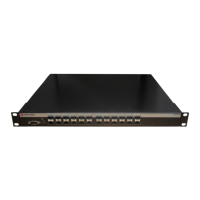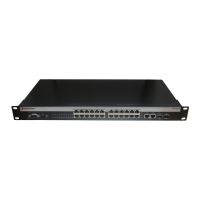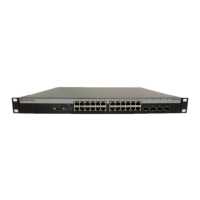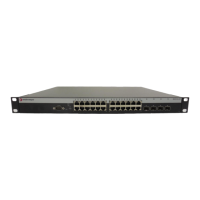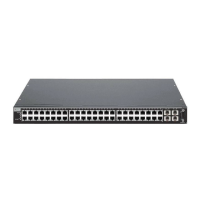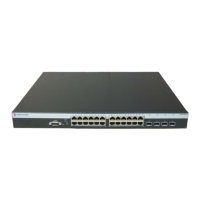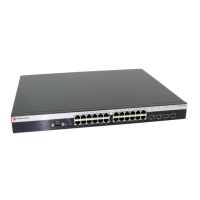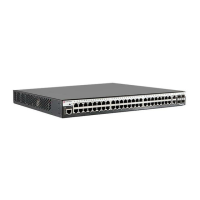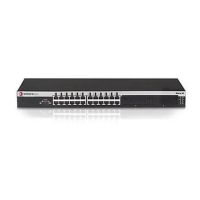Link Aggregation Control Protocol (LACP)
SecureStack C2 Configuration Guide 7-39
•Ameansofidentifyingthe setofcapabilitiesassociatedwitheachportandwitheach
aggregator,asunderstoodbyagivendevice.
•AmeansofidentifyingaLAGanditsassociatedaggrega tor.
LACP Terminology
Table 7‐5defineskeyterminologyusedinLACP configuration.
SecureStack C2 Usage Considerations
Innormalusage(andtypicalimplementations)there isnoneedtomodifyanyofthedefault
LACPparametersontheswitch.Thedefaultvalueswillresultinthemaximumnumberof
aggregationspossible.Iftheswitchisplacedinaconfigurationwithitspeersnotrunningthe
protocol,nodynamiclink
aggregationswillbeformedandtheswitchwillfunctionnormally(that
Note: The path cost of a LAG port will be displayed as zero when it is not an active link.
Table 7-5 LACP Terms and Definitions
Term Definition
Aggregator Virtual port that controls link aggregation for underlying physical ports. Each
SecureStack C2 module provides 6 aggregator ports, which are designated in
the CLI as lag.0.1 through lag.0.6.
LAG Link Aggregation Group. Once underlying physical ports (for example,
fe.x.x)
are associated with an aggregator port, the resulting aggregation will be
represented as one LAG with a lag.x.x port designation.
SecureStack C2 LAGs can have up to 8 associated physical ports.
LACPDU Link Aggregation Control Protocol Data Unit. The protocol exchanges
aggregation state/mode information by way of a port’s actor and partner
operational states. LACPDUs sent by the first party (the actor) convey to the
second party (the actor’s protocol partner) what the actor knows, both about
its own state and that of its partner.
Actor and Partner An actor is the local device sending LACPDUs. Its protocol partner is the
device on the other end of the link aggregation. Each maintains current status
of the other via LACPDUs containing information about their ports’ LACP
status and operational state.
Admin Key Value assigned to aggregator ports and physical ports that are candidates for
joining a LAG. The LACP implementation on SecureStack C2 devices will use
this value to form an oper key and will determine which underlying physical
ports are capable of aggregating by comparing oper keys. Aggregator ports
allow only underlying ports with oper keys matching theirs to join their LAG.
On SecureStack C2 devices, the default admin key value is 32768.
System Priority Value used to build a LAG ID, which determines aggregation precedence. If
there are two partner devices competing for the same aggregator, LACP
compares the LAG IDs for each grouping of ports. The LAG with the lower
LAG ID is given precedence and will be allowed to use the aggregator.
Note: Only one LACP system priority can be set on a
SecureStack C2 device, using either the set lacp asyspri
command (page 7-43), or the set port lacp command
(page 7-48).
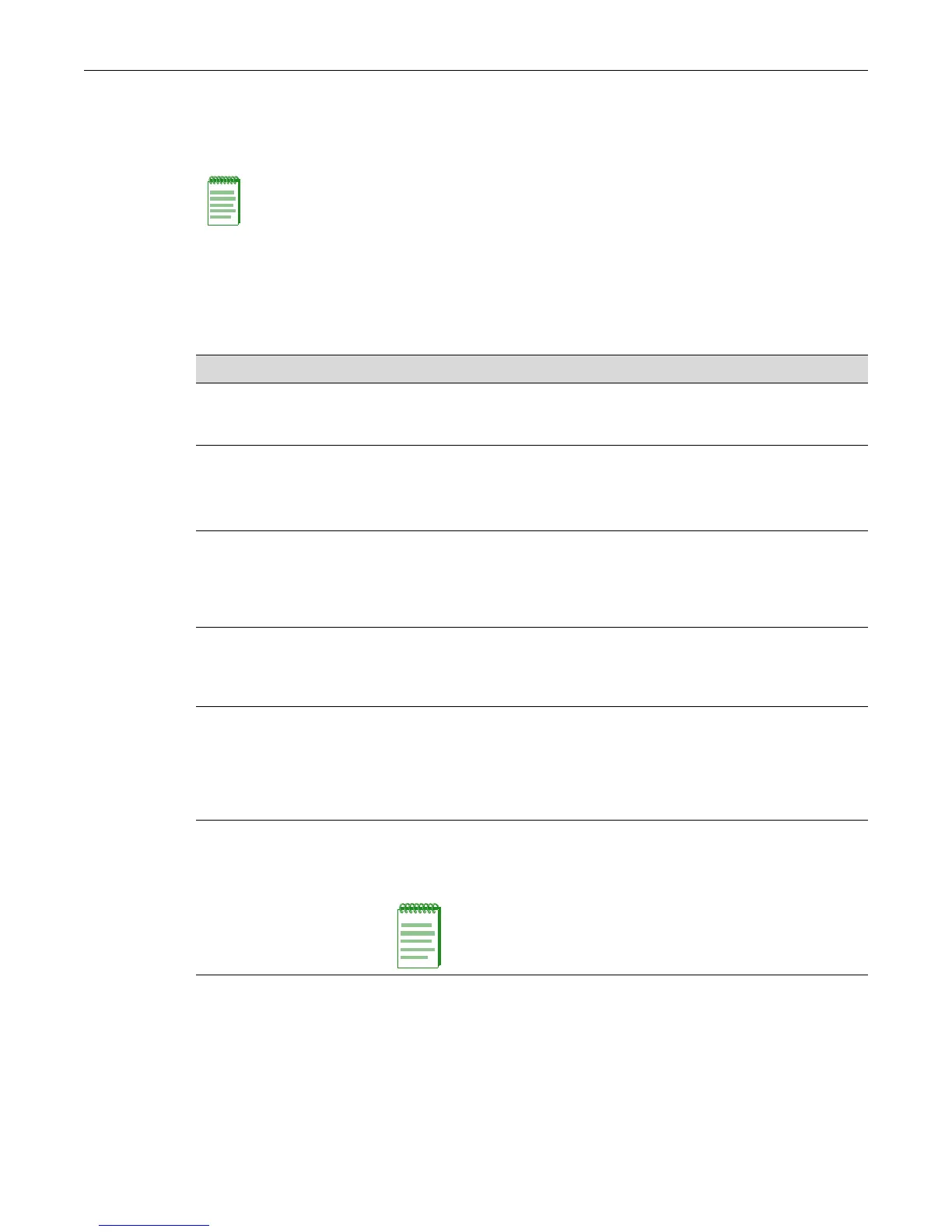